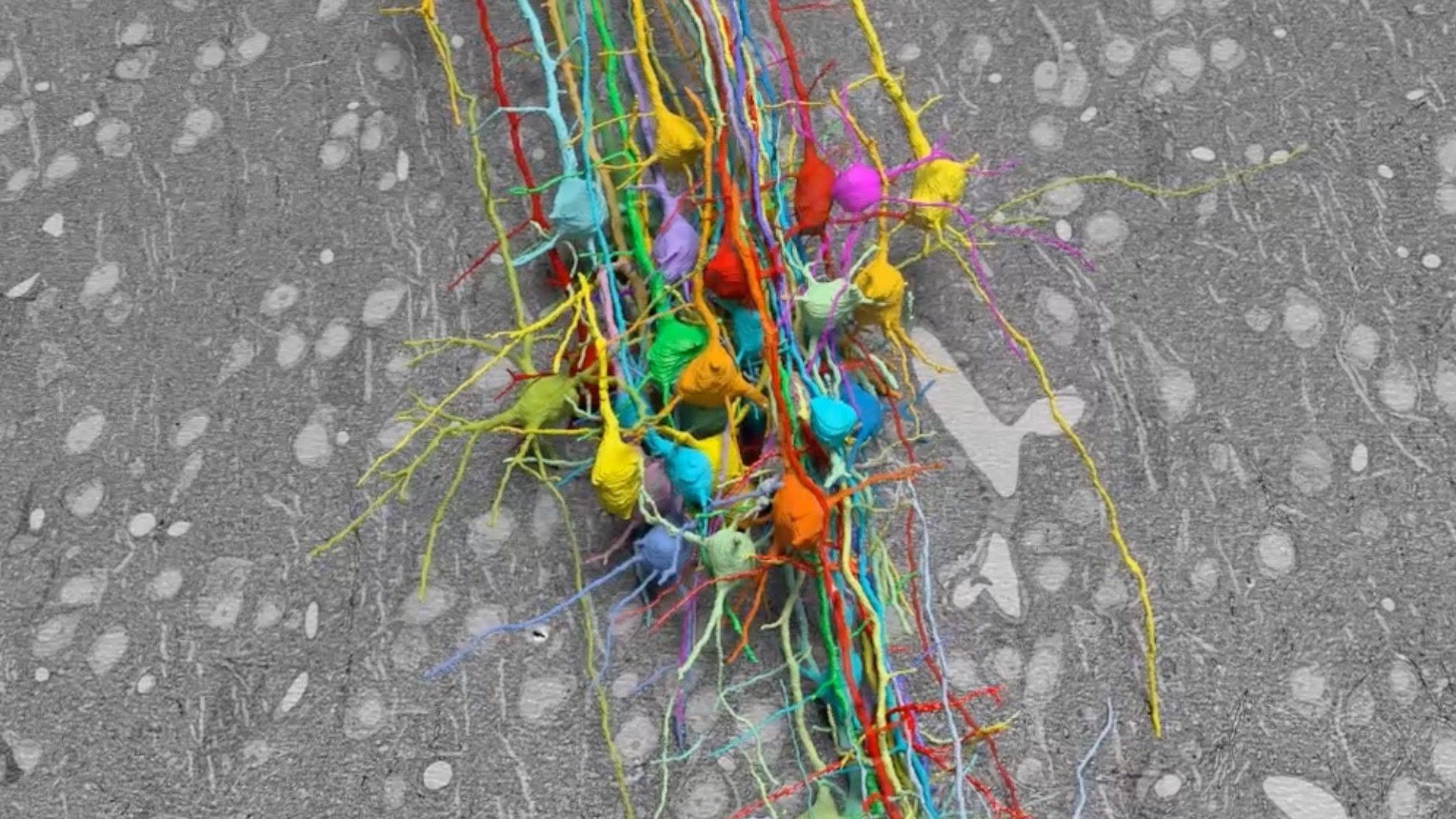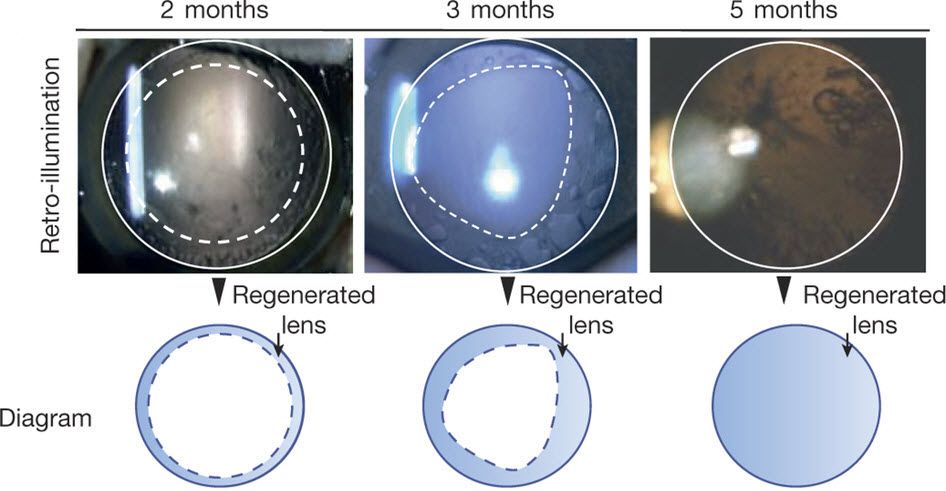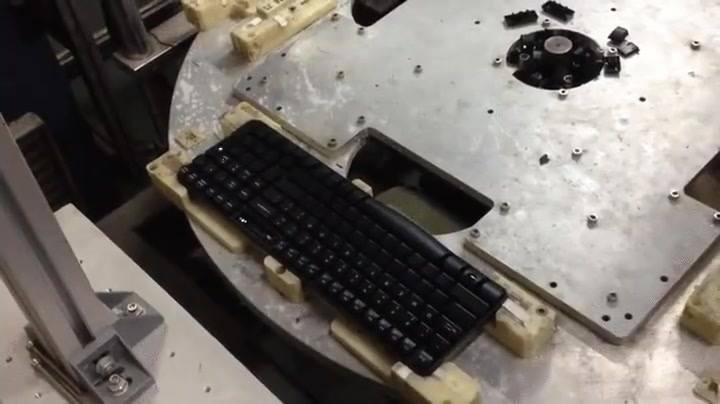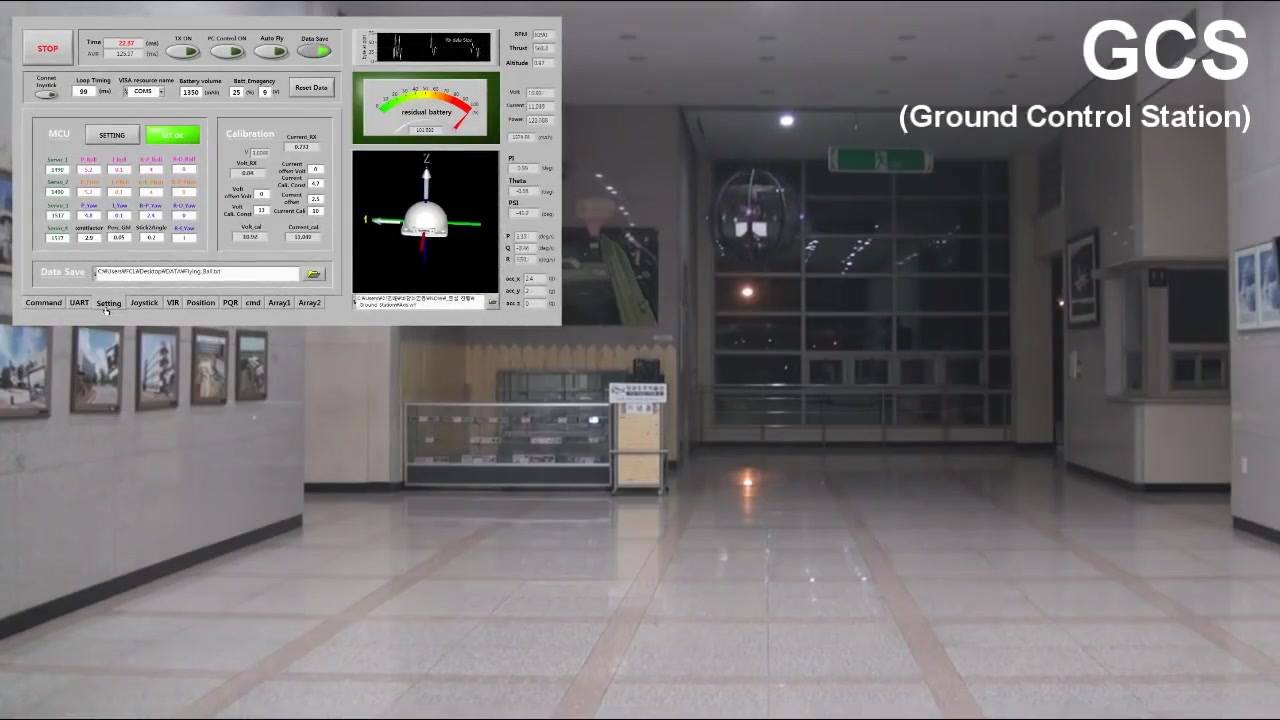Mar 14, 2016
Qualcomm brings virtual reality software development kit
Posted by Karen Hurst in categories: energy, mobile phones, virtual reality
Chipset maker Qualcomm Technologies has introduced a virtual reality (VR) software development kit (SDK) targeting VR-capable Android smartphone and headset makers.
The Snapdragon VR SDK offers access to optimized VR features, to simplify development and to help developers with attain improved VR performance and power efficiency with the Snapdragon 820 for Android smartphones and upcoming VR headsets.
Qualcomm will be offering the SDK in the second quarter of 2016 through the Qualcomm Developer Network.
Continue reading “Qualcomm brings virtual reality software development kit” »


















